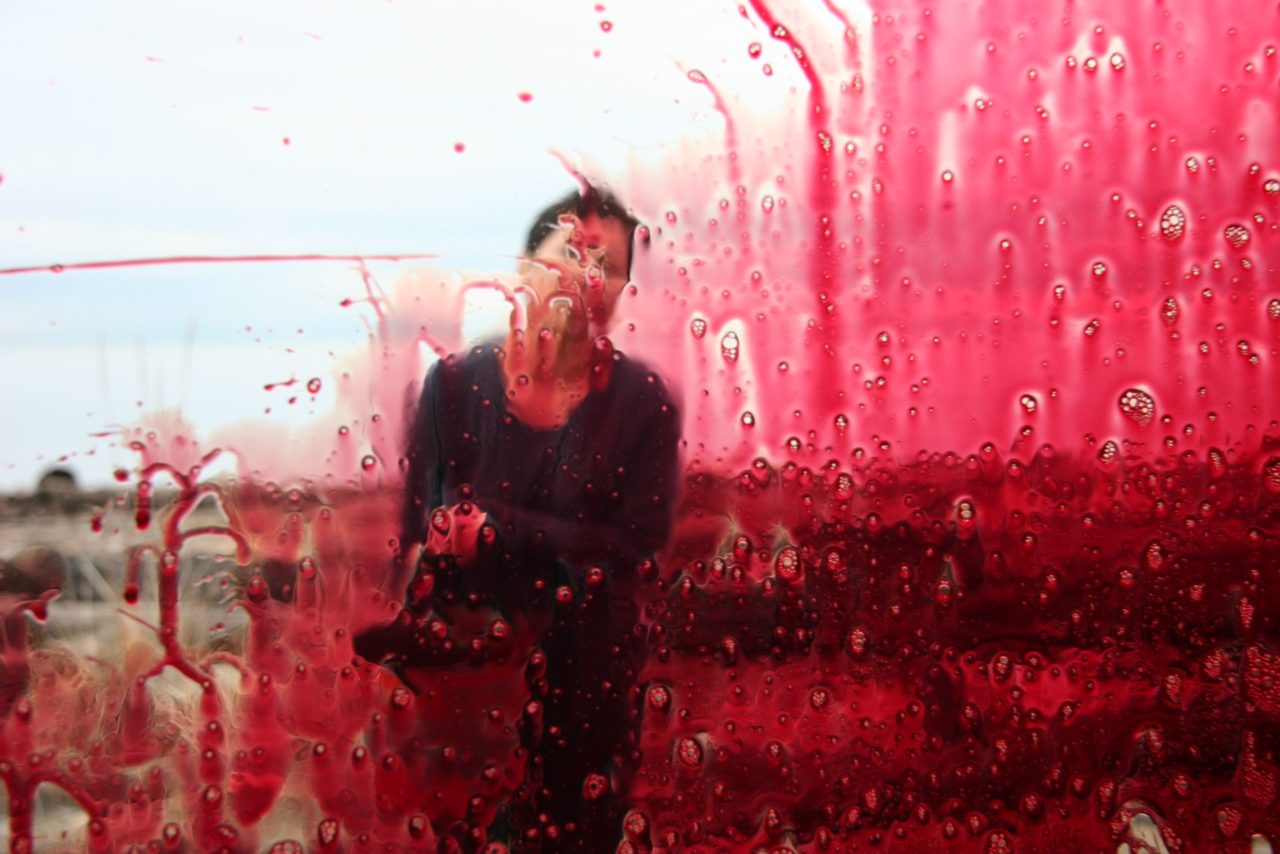1 June 2002 – 31 August 2002
Belkin Satellite, 555 Hamilton Street, Vancouver
Artist in Residence: Rebecca Belmore
-
Rebecca Belmore
ArtistRebecca Belmore (Lac Seul First Nation (Anishinaabe), b. 1960) is a multidisciplinary visual artist. Belmore is widely recognized for her performance, photographic and sculptural work that makes connections between bodies, land and language with ongoing social and political realities faced by Indigenous communities. Questions of authority, narrative and truth resonate throughout her practice. In 2005 she was the first Indigenous woman to represent Canada in the Venice Biennale. Her work has appeared extensively in exhibitions both nationally and internationally, and her solo exhibitions include the Belkin Art Gallery, Art Gallery of Ontario, and Justina M. Barnick Gallery. Belmore has received numerous honours and awards, including the Hnatyshyn Award (2009), the Governor General’s Award for Visual and Media Arts (2013) and Gershon Iskowitz Prize (2016). She attended the Ontario College of Art and Design in Toronto, and has received honourary doctorates from OCAD University (2005), Emily Carr University of Art and Design (2018), and NSCAD University (2019).
Read More
During the summer months, Rebecca Belmore was invited to use the space of the Belkin Satellite as a studio for producing works that would comprise her solo exhibition at the Morris and Helen Belkin Art Gallery from October 4-December 1, 2002.
The exhibition at the Belkin Art Gallery features five new works created during a residency at the Belkin Satellite. Belmore’s work stages a relationship between bodily performance and installation. Vigil is based on a street performance by Belmore in polemical commemoration of the women who have gone missing in the downtown east side of Vancouver. The performance gives a contemporary context to the installation The Named and The Unnamed, which is a reflection on the larger implications of the local event. Blood on the Snow evokes a deafening stillness, a scene of comfort disrupted by traces of violence. In a third installation, a canoe is in the process of overturning—a vessel emptied of its body, suspended over the black depths of water, or death. Moving from the narrative to the poetic, from action to quiet reflection, Belmore’s new work speaks of the larger questions plaguing human existential awareness.
Between 2001 and 2008, the Belkin Satellite operated as an auxiliary space in downtown Vancouver that presented a mix of exhibitions by local artists, new projects by mid-career artists, experimental projects by UBC curatorial studies students, and served as an additional venue for the Belkin’s permanent collection. Its location at 555 Hamilton Street is Vancouver’s most enduring single gallery space as the prior site of the Bau-Xi Gallery from 1964 to 1972 and the Contemporary Art Gallery from 1973 to 2001; in August 2008, the Or Gallery took over the site.
-
Rebecca Belmore
ArtistRebecca Belmore (Lac Seul First Nation (Anishinaabe), b. 1960) is a multidisciplinary visual artist. Belmore is widely recognized for her performance, photographic and sculptural work that makes connections between bodies, land and language with ongoing social and political realities faced by Indigenous communities. Questions of authority, narrative and truth resonate throughout her practice. In 2005 she was the first Indigenous woman to represent Canada in the Venice Biennale. Her work has appeared extensively in exhibitions both nationally and internationally, and her solo exhibitions include the Belkin Art Gallery, Art Gallery of Ontario, and Justina M. Barnick Gallery. Belmore has received numerous honours and awards, including the Hnatyshyn Award (2009), the Governor General’s Award for Visual and Media Arts (2013) and Gershon Iskowitz Prize (2016). She attended the Ontario College of Art and Design in Toronto, and has received honourary doctorates from OCAD University (2005), Emily Carr University of Art and Design (2018), and NSCAD University (2019).
Read More
Related
-
Exhibition
1 June 2002 – 31 August 2002
Artist in Residence: Rebecca Belmore
During the summer months, Rebecca Belmore was invited to use the space of the Belkin Satellite as a studio for producing works that would comprise her solo exhibition at the Morris and Helen Belkin Art Gallery from October 4-December 1, 2002.
[more] -
Exhibition
4 October 2002 – 1 December 2002
Rebecca Belmore
Rebecca Belmore’s powerful installations confront the viewer with images of loss, struggle and silence. This exhibition features five new works, created during a residency at the Belkin Satellite over the summer.
[more] -
Exhibition
12 June 2005 – 6 November 2005
Rebecca Belmore: Fountain

Vancouver artist Rebecca Belmore was Canada’s official representative at the 2005 Venice Biennale of Visual Art, the world’s oldest and most prestigious venue for the international display of contemporary art. The Kamloops Art Gallery and the Morris and Helen Belkin Gallery, which proposed Rebecca Belmore as the Biennale candidate, were the institutions selected in a nationwide competition to represent Canadian visual arts at the event. The 51st edition of the Venice Biennale opened in June 2005.
[more]